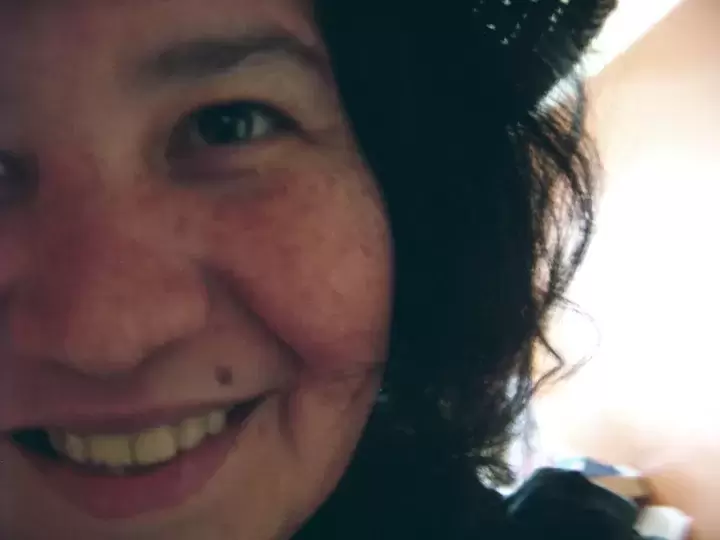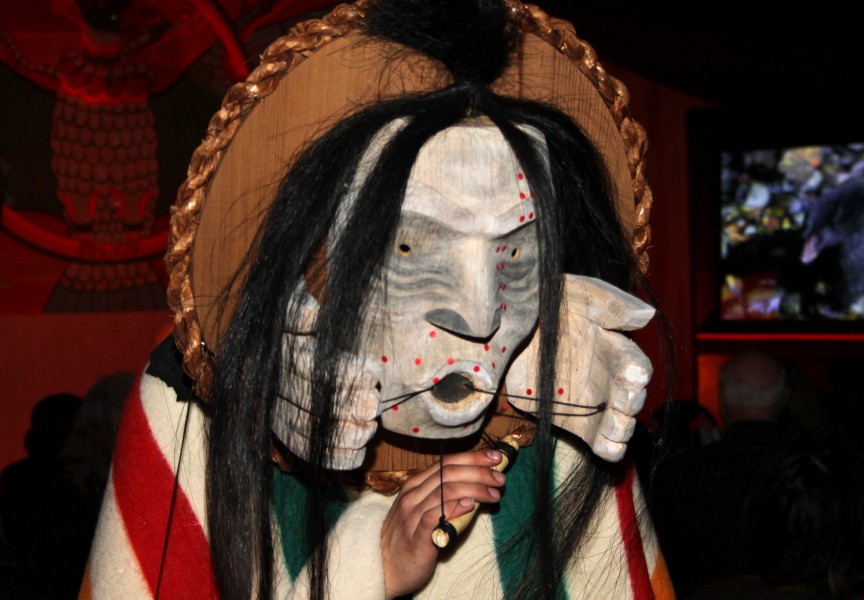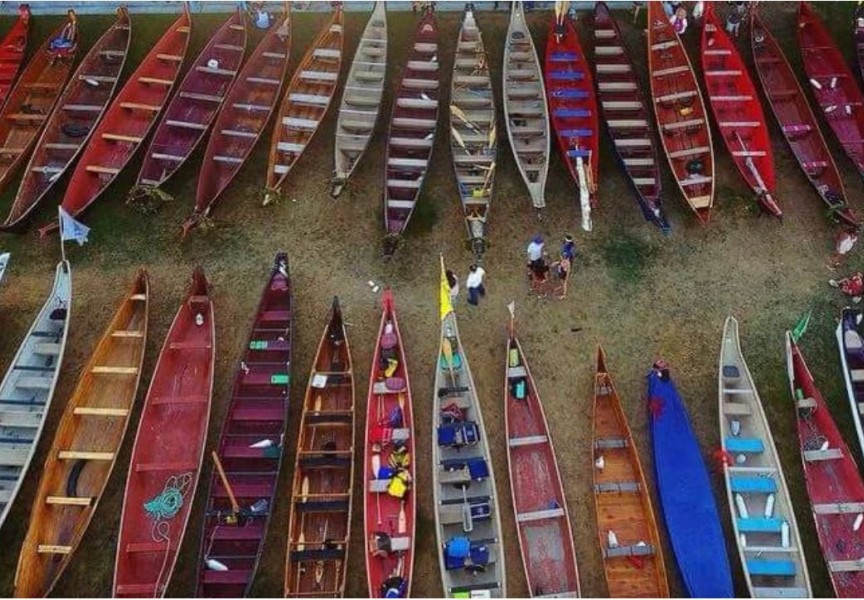It was only a matter of time before online social networking and First Nations traditional culture merged, and one Nuu-chah-nulth woman is riding the wave of this rapidly advancing educational tool.
Naomi Fraser of the Tla-o-qui-aht First Nation has created a facebook site dedicated solely to the preservation of her Nuu-chah-nulth dialect, and through social networking she has created an innovative way to encourage community members to embrace their ancestral language.
Using daily updated language lessons and interactive phonetic video streams, Fraser, 39, is working ardently to keep the language alive, a language were very few people under 50 years of age speak fluently.
“Residential schools interrupted the cultural constructs of our lives,” said Fraser, when asked why language perseveration is so integral to successful First Nations communities. “If you don’t speak your language, how can you understand your songs and your singing?” she pointed out.
The facebook page has gained attention since it was created in July 2010. Today the group, fittingly called ‘Nuuchahnulth Speaker,’ has 100 members.
Fraser said there was a need for this kind of online resource.
“I didn’t see anyone out there doing this,” she said.
First Nations language is not only important for understanding cultural traditions, but it also plays a large role in manoeuvring through First Nations political spheres and understanding land rights and other entitlements, she said.
The idea to create an online language resource came to Fraser a few years ago, when she decided to create YouTube videos dedicated to learning Nuu-chah-nulth words. Fraser received $8,000 for the initiative through the Nuu-Chah-Nulth Economic Development Corporation [NEDC], in partnership with the Primate’s World Relief and Development Fund [PWRDF], an Anglican Church of Canada agency for sustainable development, relief, refugees, and global justice.
“I think it’s great!” said Al Little, when asked for his views of Fraser’s online resource.
“I think any tool that can help to preserve our language and culture, why not?” he added.
Little, general manager of NEDC, said his organization receives $30,000 annually from the PWRDF for the sole purpose of distributing the funds to the Nuu-chah-nulth people for culture renewal initiatives. He said the NEDC provides an average of 10 grants after reviewing the 10 to 25 applications the organization receives annually.
He said 75 per cent of the applications focus on Nuu-chah-nulth projects focused on language revitalization.
“It [language] identifies us and makes up a part of us,” he said. “We need to preserve the language and culture. It is who we are.”
Little said applications from individuals and groups are reviewed for their program plan, and if they meet criteria, they are awarded with a grant. He said the NEDC will fund a group or individual the amount requested, if criteria is met, but said that often times the organization will encourage applicants to search out supplemental funding through other agencies as well.
Fraser said she donated her own money as a supplement for her initial grant request. This year she plans to raise in-kind funds through creating and selling a 30-minute DVD with lessons from videos found on the facebook site.
Keeping the facebook site updated and the language lessons flowing has been a philanthropic endeavour for Fraser, for the most part.
“I’m trying to build everyone’s comprehension [of the Nuu-chah-nulth language]” she said.
“We don’t want to bury this language with our elders.”







